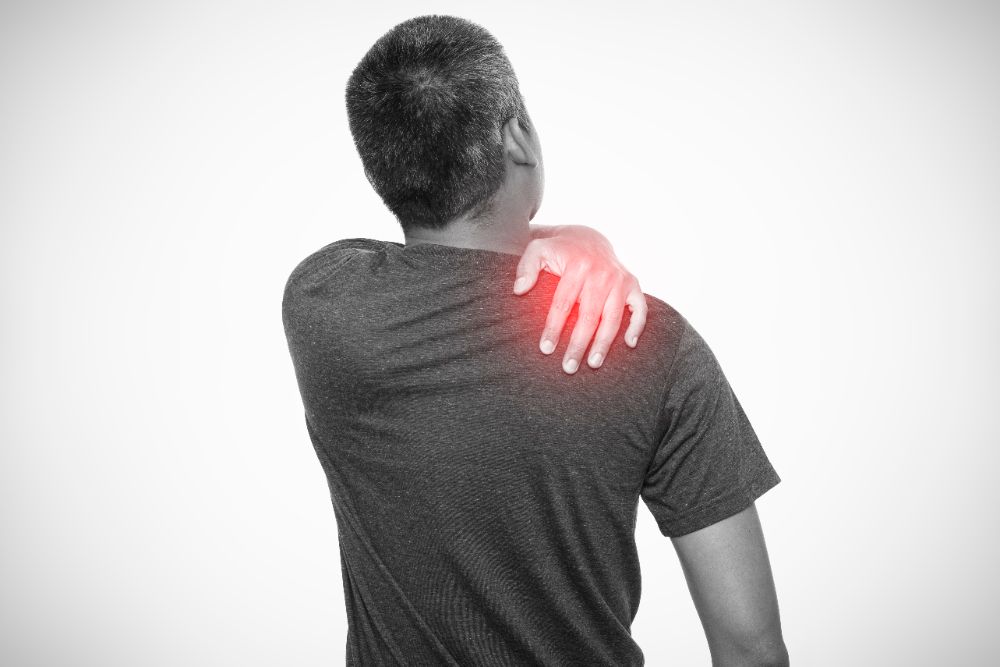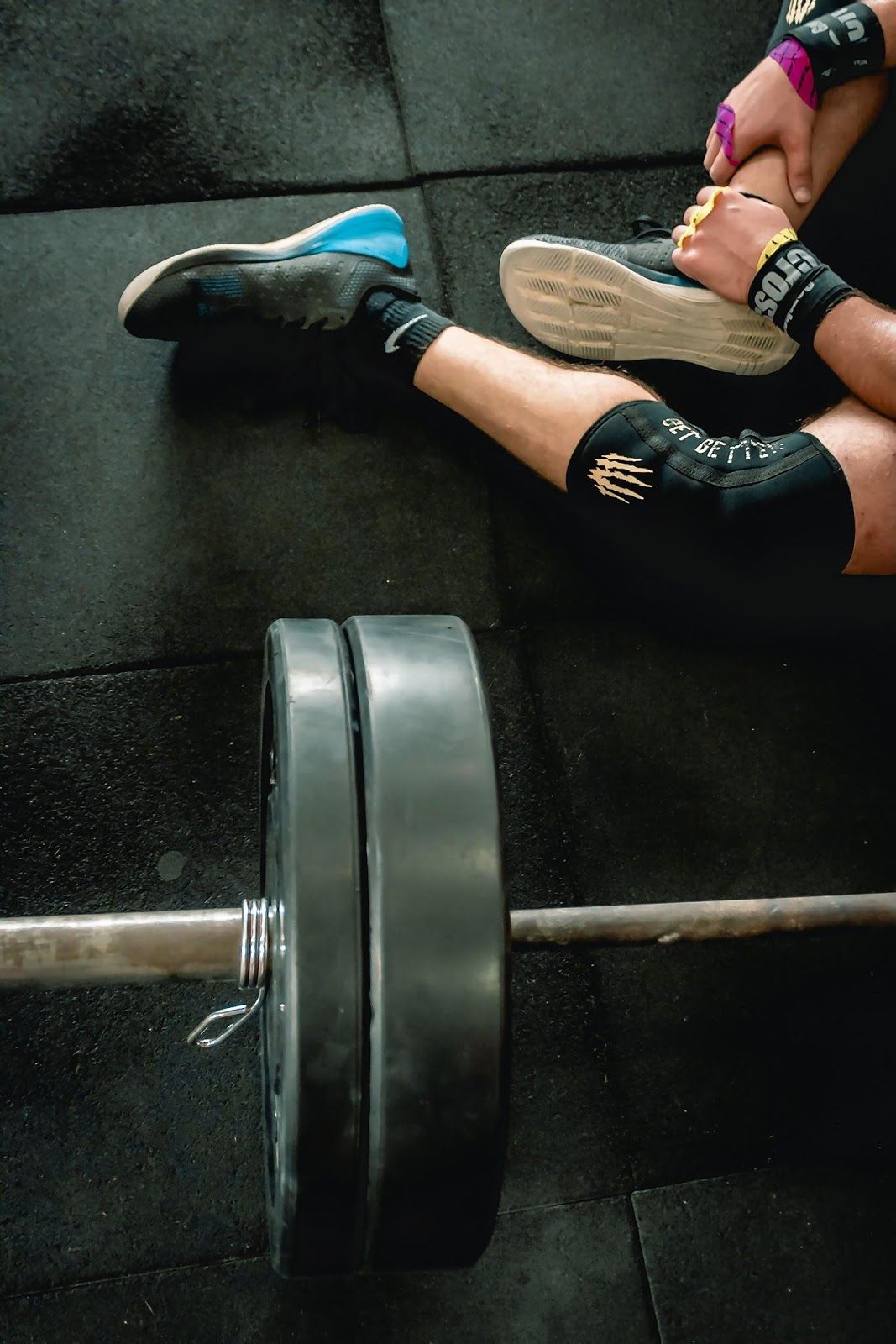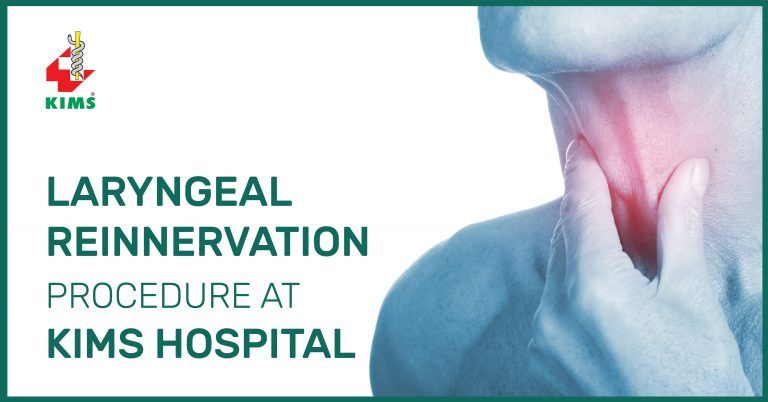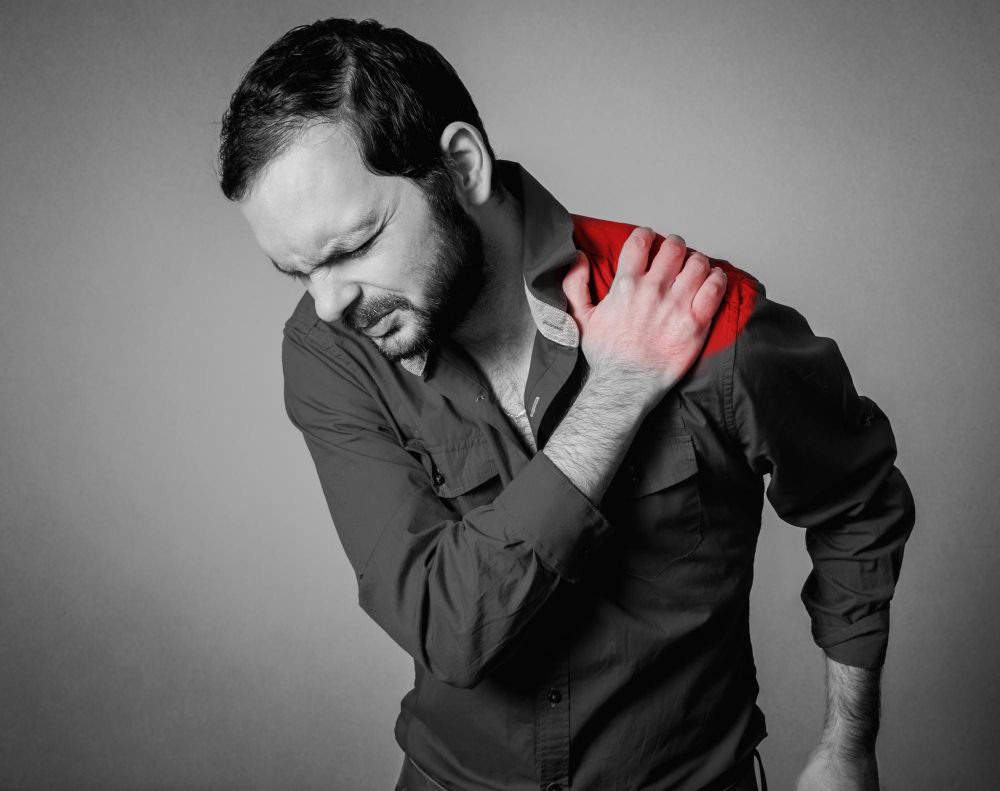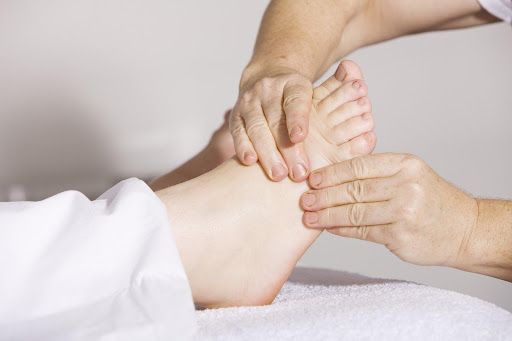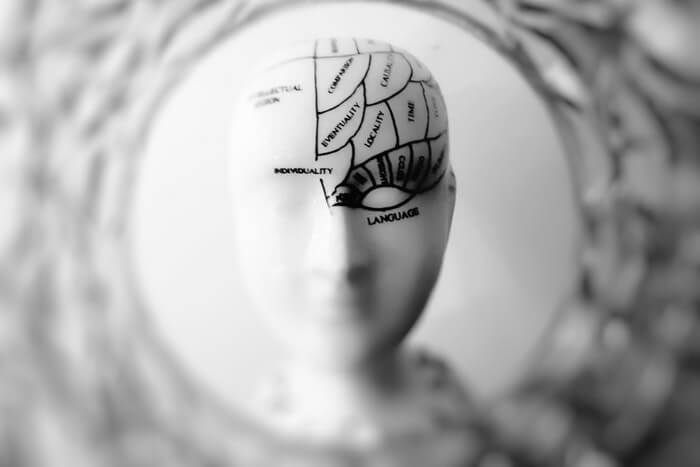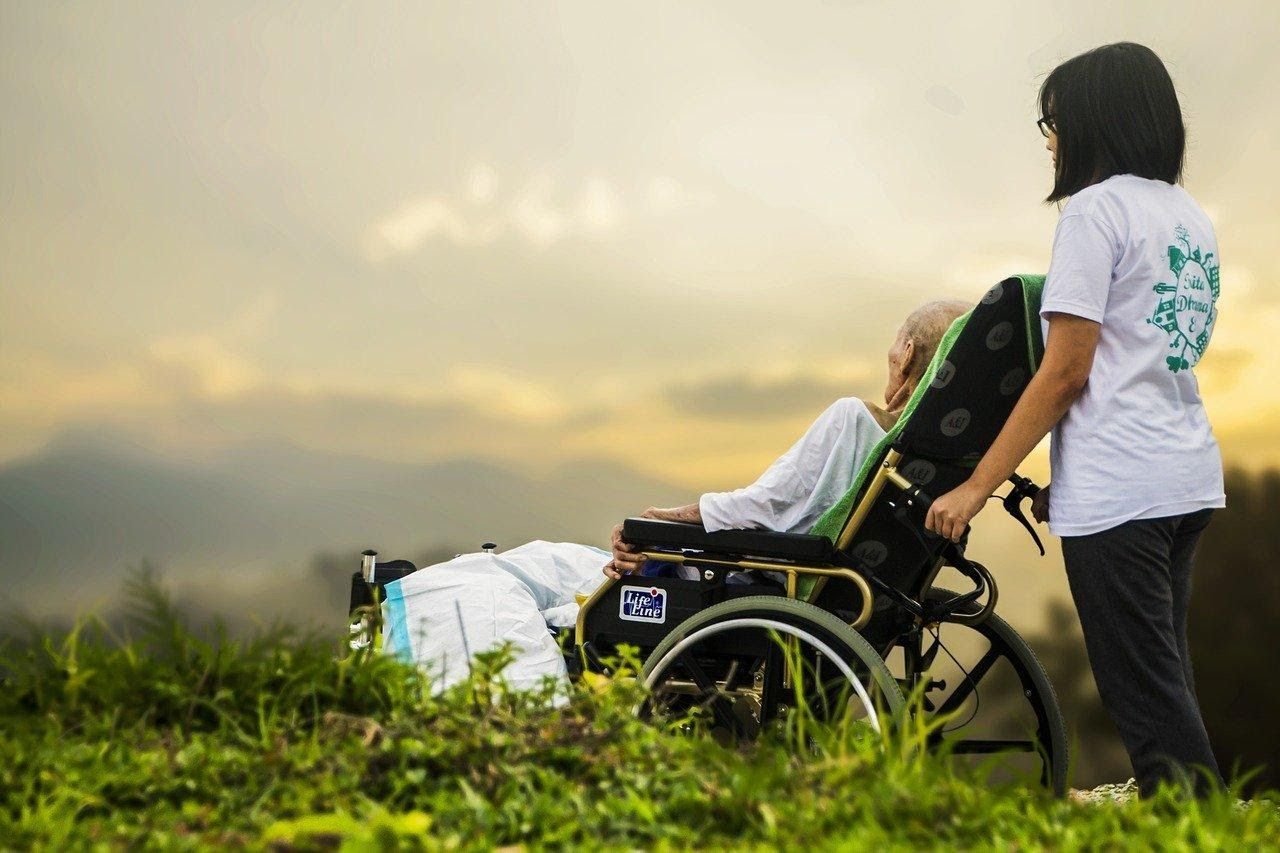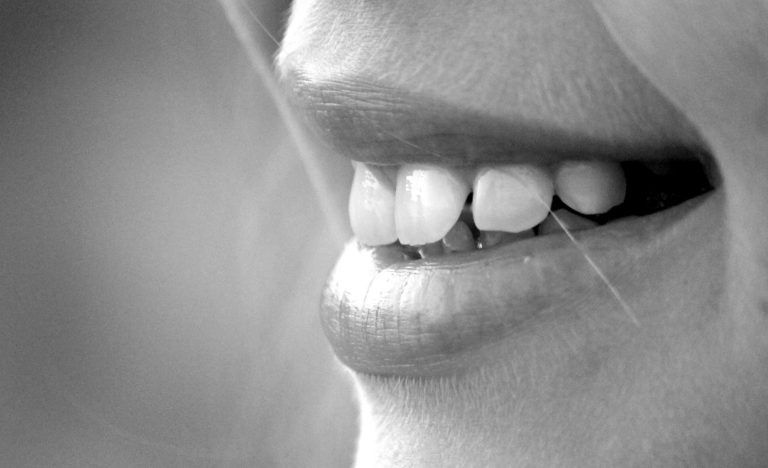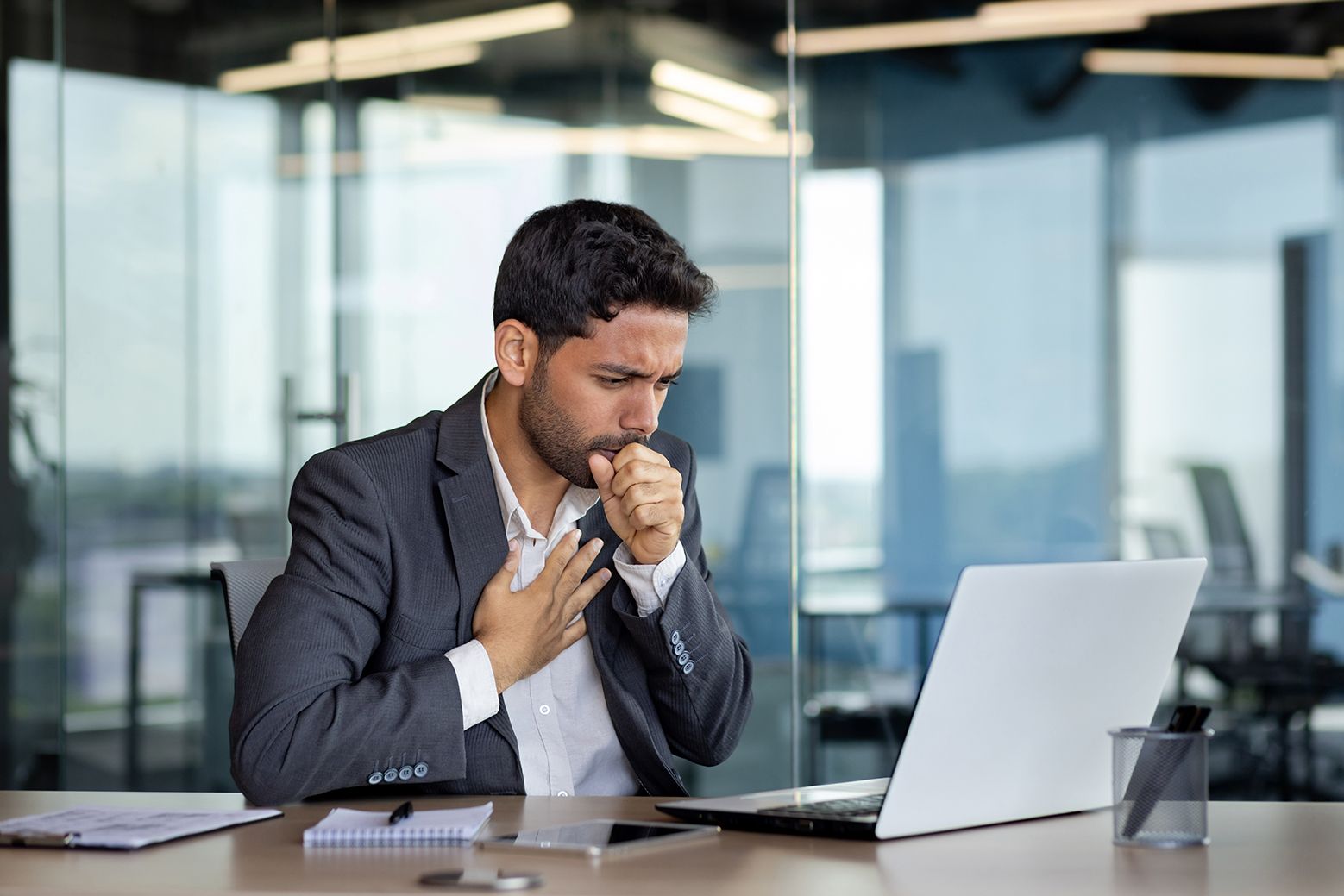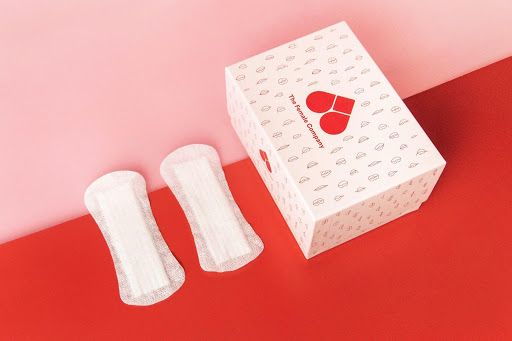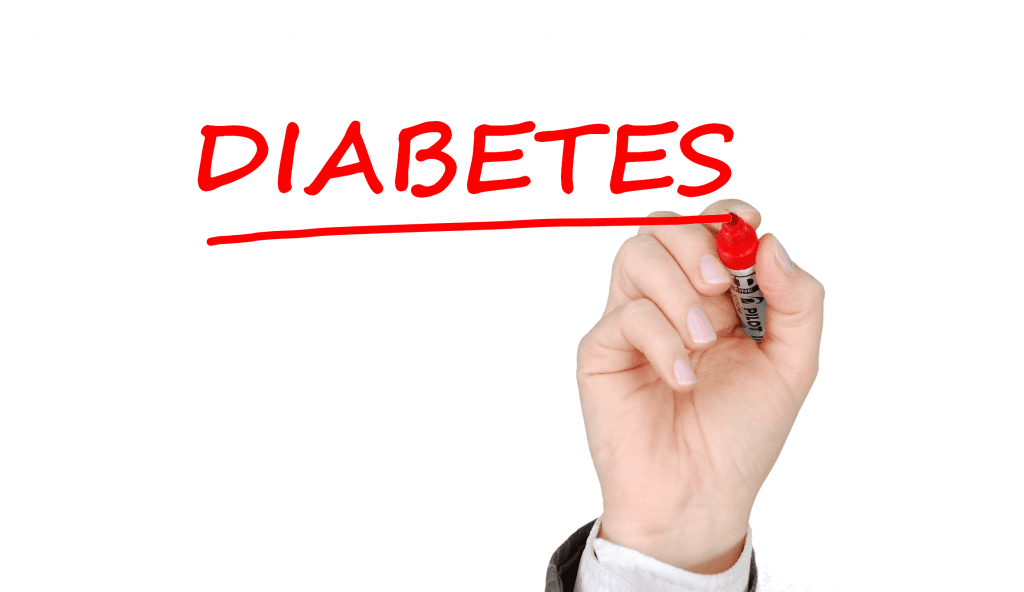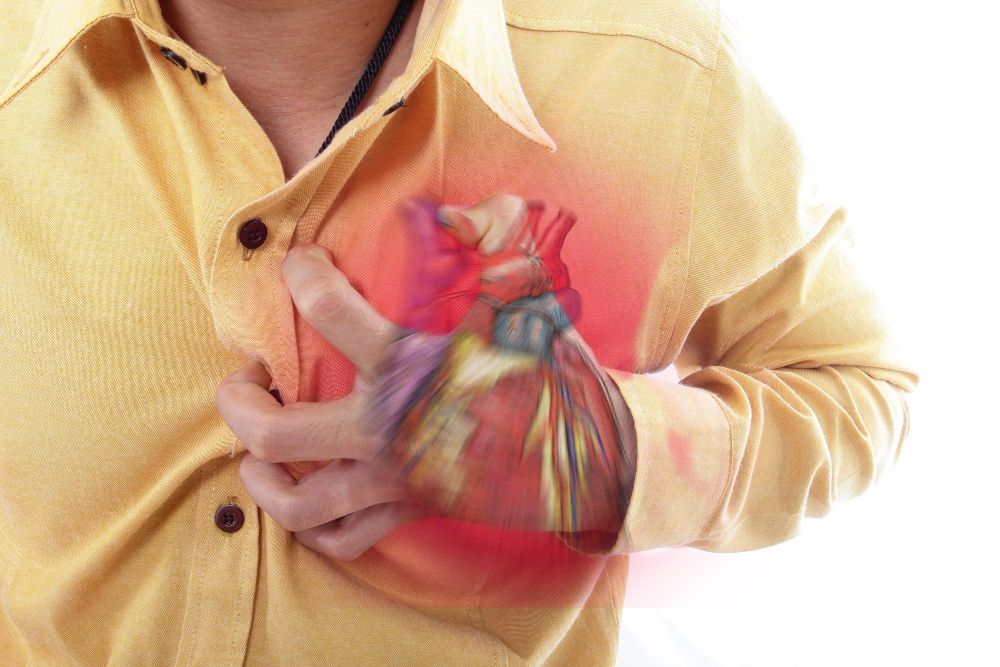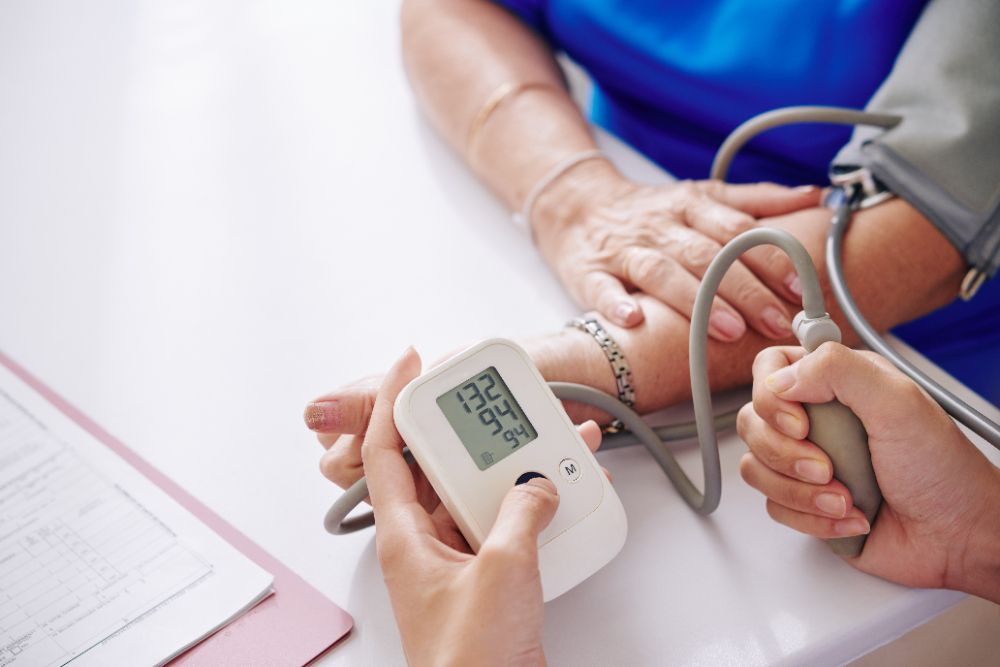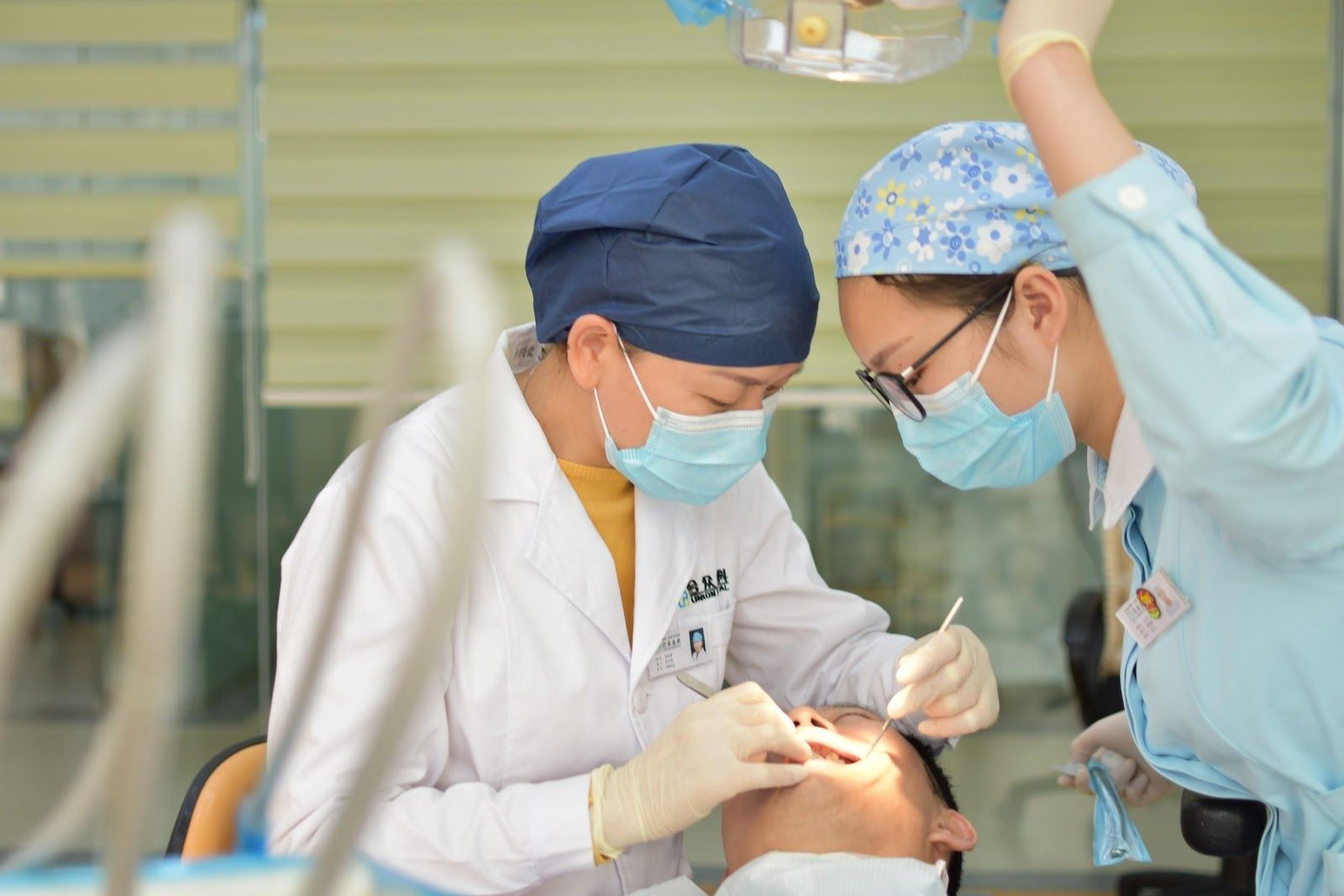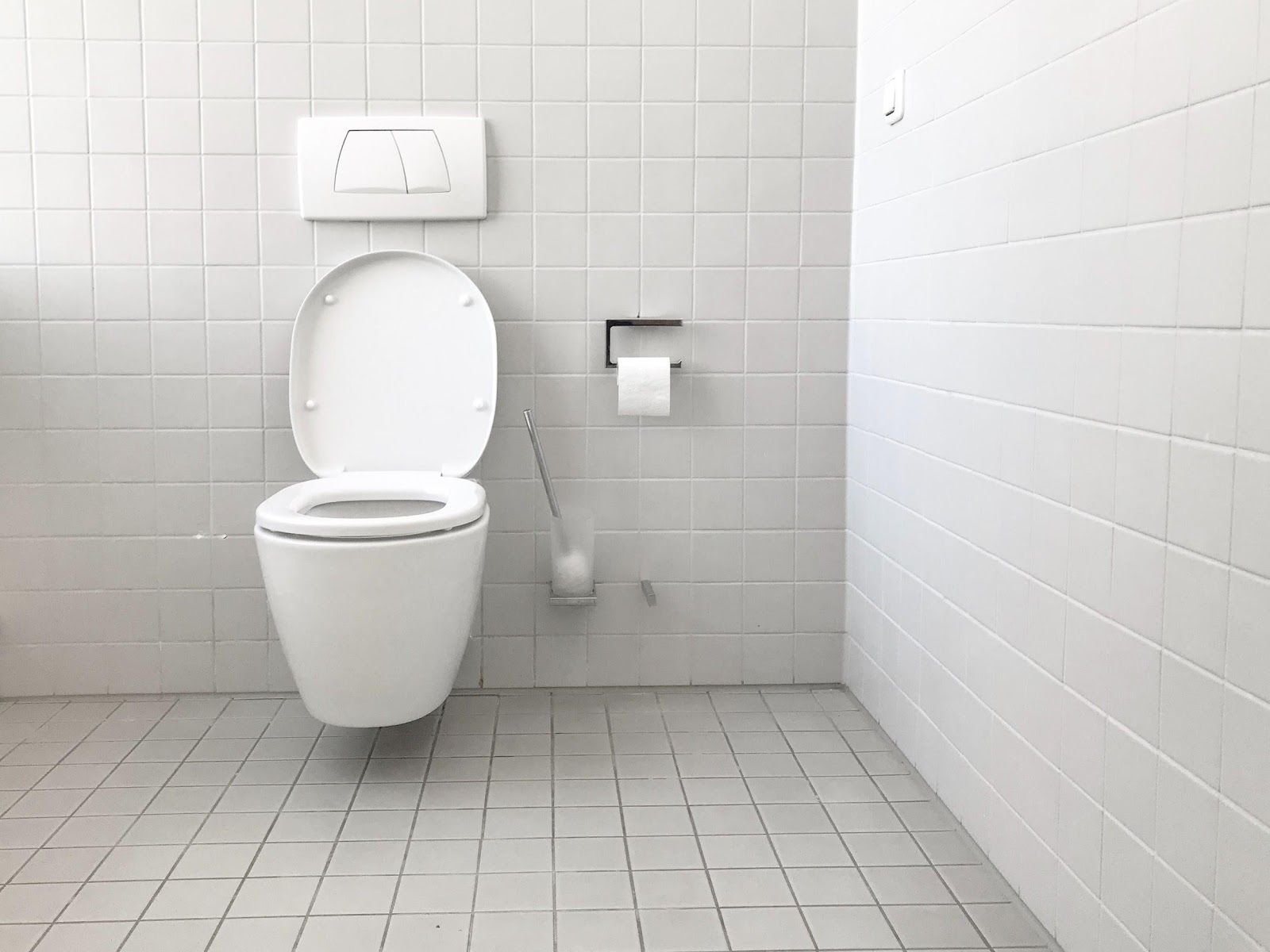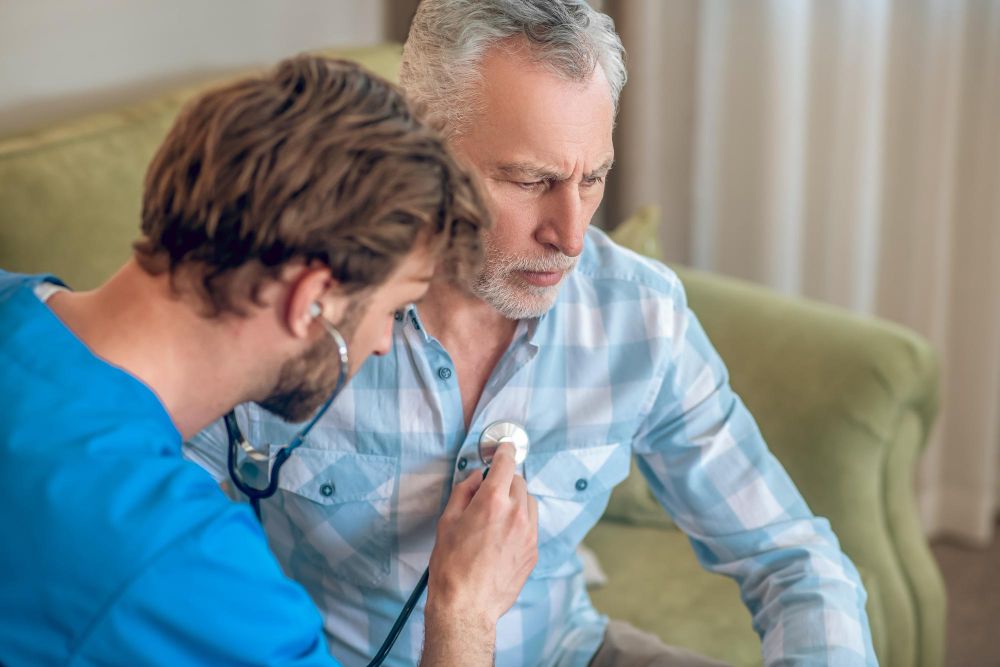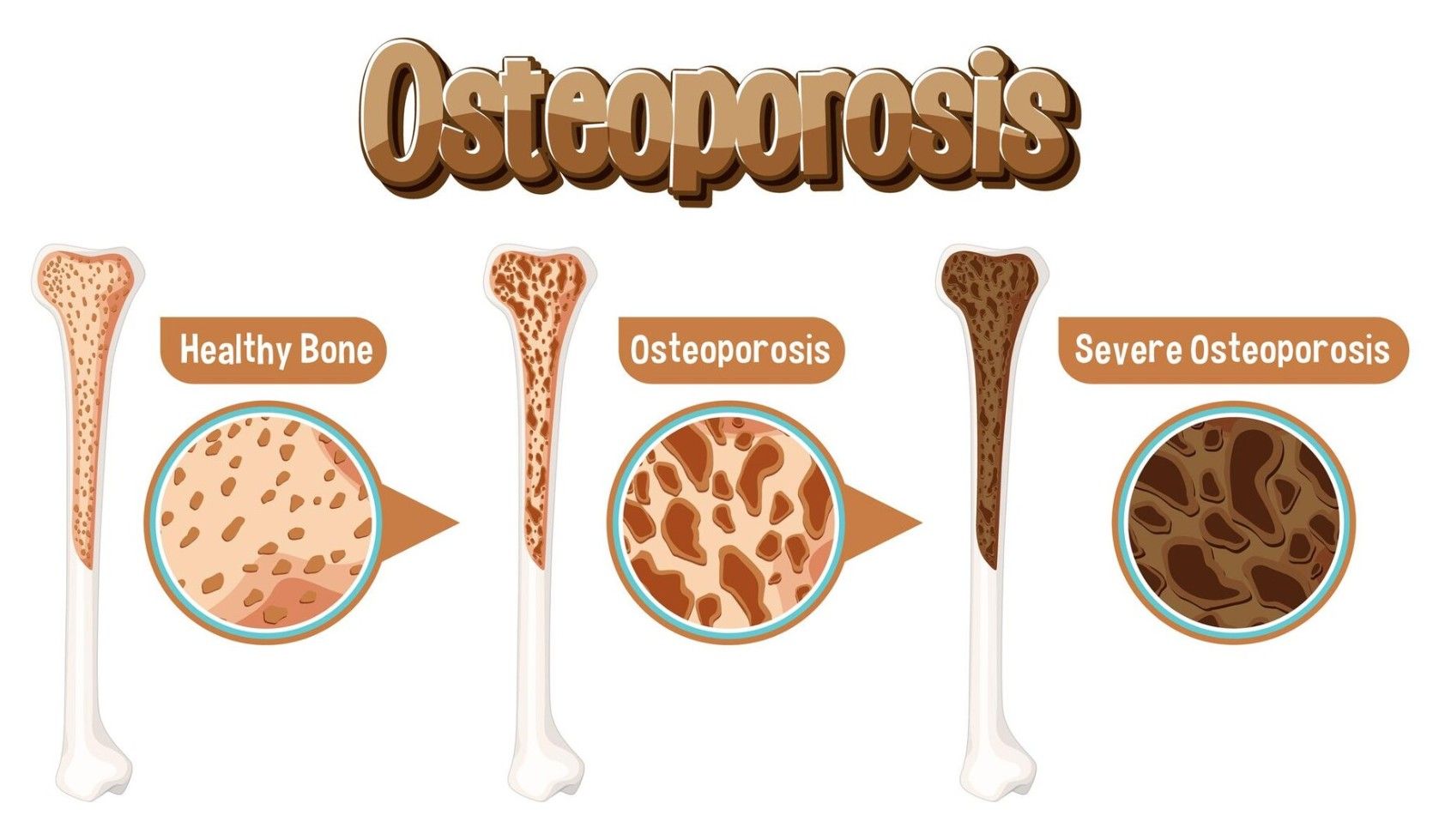Shoulder Dislocation
Shoulder dislocation occurs when the bones of your shoulder joint are pushed or forced out of their normal positions. A joint is any location in the body where two bones touch. Your shoulder joint is formed by the round ball at the top of your upper arm bone (humerus) fitting into the socket (glenoid) of your shoulder blade (scapula). A shoulder dislocation is an ailment that occurs when the ball and socket joint between your bones separates. It can also harm the tissue surrounding your shoulder joint, which includes your muscles, nerves, tendons, ligaments, and blood vessels.
Symptoms
The most common symptoms of a dislocated shoulder are:
- Extreme pain.
- Weakness.
- Inability to move your arm.
- Your shoulder is visibly out of place.
- Swelling.
- Bruising or discoloration.
- Muscle spasms.
- Numbness, tingling, or weakness in your arm, hand, or fingers.
Causes
Any force strong enough to drive your shoulder joint out of place can result in a dislocation. The most common causes are:
- Falls.
- Car accidents.
- Sports injuries.
Diagnosis
A healthcare provider will diagnose a dislocated shoulder through a physical examination. They will examine your shoulder and the rest of your arm. Tell your doctor about any symptoms you're having and what you were doing just before you damaged your shoulder. Your provider may require some of the following imaging tests to detect damage inside your body following a dislocation:
- X-rays.
- Magnetic resonance imaging (MRI).
- A computed tomography (CT) scan.
- Ultrasound.
Treatment
If you think your shoulder has been dislocated, go to the emergency department right away. The most crucial therapy for a dislocated shoulder is returning your arm to its socket, also known as a closed reduction or manipulation. During this nonsurgical surgery, your provider will physically push and pull your body from the outside in order to correct your shoulder. They may administer a local anesthetic to numb the area around your shoulder or sedatives to rest your entire body. Do not try to push your joint back into position by yourself. Do not allow anyone other than a skilled, professional healthcare provider to move or touch your damaged shoulder. Try to keep your shoulder as still as possible and avoid forcing yourself to utilize it. If you try to press a dislocated shoulder back into position on your own, you risk aggravating the injury and damaging the surrounding tissue. After your provider places your joint back in place, you may require additional treatments, such as:
Immobilization: Following your closed reduction, you'll need to wear a splint or sling to keep your injured shoulder stable. It relieves tension and promotes healing. Your doctor may recommend icing your damaged shoulder several times per day. You may need to perform light workouts to keep your shoulder from tightening or freezing. Ask your doctor how long you'll need to wear the splint or sling and how frequently you should exercise your shoulder. Most people have to immobilize their shoulders for a few weeks.
Medication: Your provider will advise you on the medications you can use to relieve pain and inflammation. Do not take over-the-counter (OTC) pain medicines for more than ten days in a row without consulting your doctor.
Rest: You should avoid any physical activity that uses or stresses your shoulder. Consult your doctor about the activities you should avoid while recovering.
Physical Therapy: As your shoulder heals, you will need to begin physical therapy to help it regain strength and mobility. To alleviate stiffness, you should start with modest motion exercises. After your shoulder ligaments (your shoulder capsule) have begun to mend, you will require stretches to release your shoulder and ensure it is not excessively tight. Eventually, your clinician or physical therapist will recommend that you incorporate activities to strengthen your shoulders. It will help to lower the risk of future dislocations. Most people require months of physical treatment following a shoulder dislocation.
Prevention
You cannot always avoid a dislocated shoulder. It is frequently the result of an unforeseen accident or trauma. During sports and other physical activities:
- Wear the appropriate protective equipment.
- Do not "play through the pain" if your shoulder hurts during or after physical activity.
- Allow your body to rest and recover after intense activity.
- Stretch and warm up before engaging in sports or physical activities.
- After exercise, cool down and stretch.
Follow these general safety tips to reduce the risk of injury:
- Make sure your home and workspace are clutter-free to avoid tripping you or others.
- Always use the appropriate tools or equipment at home to reach things. Never stand on a chair, table, or countertop.
- If you struggle to walk or are at risk of falling, use a cane or walker.
A shoulder dislocation can be a painful and debilitating injury, but with prompt treatment and appropriate rehabilitation, full recovery is possible. Understanding the reasons, detecting the symptoms, and taking precautions will help you safeguard this critical joint. If you suspect a dislocated shoulder, seek medical assistance right once to guarantee the best outcome. Remember, taking a proactive approach to shoulder health can help you maintain your mobility and improve your quality of life.
Ten Effective Remedies That You Can Refer to When You Are Suffering from Muscle Cramps
Finally starting off with the gym life can get too overwhelming until you hit those muscle cramps along with the weights.
Skin Tags - Benign Tumor or Cancerous Tumor?
Skin tag if observed is a narrow stalk that hangs about your skin, bulging at the end. They are usually freshly colored and can grow anywhere on your body.
Laryngeal Reiinervation Procedure at KIMS Hospital
Mr. K.P 56-year-old business executive from Bangalore underwent a thyroid surgery two years back.
Rotator Cuff Tear
A rotator cuff tear is a rotator cuff injury that can cause shoulder pain and loss of arm function. The rotator cuff is a set of muscles and tendons in your shoulder.
4 Not So Common Health Problems in Teenagers
The current generation of teenagers have far more access to technology and gadgets than their parents did.
Become an Expert at Pain Management with These Seven Techniques
Pain is a very common condition, it can be acute and chronic. It is a pathologically complex condition. Pain can be caused by injuries, surgery or diseases such as cancer, arthritis, obesity.
Can You Increase Your Brain Capacity?
Did you know that you can ‘upgrade’ your brain? Your intellectual and creative potentials are not set in stone nor do they depend solely on your genetics.
Taking Care of a Terminal Patient? Here Are Six Ways to Help Them to the Fullest
A terminally ill patient is someone who has a relatively short life expectancy. Terminally ill people are usually shifted from an actively curative medicinal regime
Stages of Tooth Decay and Their Treatment Options
Tooth decay refers to the degradation process of the structure of the tooth resulting in permanent damage.
12 Home Remedies for Dry Cough
The flu, common cold, asthma, cigarette smoke exposure, and other conditions can all cause a dry cough. Home remedies such as honey, peppermint, and air purifiers may be beneficial.
Shoulder Dislocation
Shoulder dislocation occurs when the bones of your shoulder joint are pushed or forced out of their normal positions.
5 Facts to Keep in Mind for Your Monthly Menstruation Cycle
Our menstruation indicates multiple activities within your body. Every month, your uterus forms a thicker lining for the ovary to release an egg for a possible pregnancy.
Different Types of Diabetes
Junk food and increasing physical activity are leading to a worldwide epidemic of obesity, resulting in diseases like diabetes
Dilated Cardiomyopathy
Dilated cardiomyopathy is a form of heart muscle illness in which the heart chambers (ventricles) weaken and stretch, becoming bigger.
Hypertension (High Blood Pressure)
High blood pressure, also known as hypertension, is a condition in which the blood flow against the inner walls of the arteries is persistently high.
3 Cosmetic Dentistry Procedures You Did Not Know About
Over the past few years, cosmetic dentistry has undergone significant evolution in society. With the increasing demand for cosmetic dentistry, it is no longer a luxury; it has become a necessity.
5 Lifestyle Changes That Will Help with Your Urinary Incontinence
Urinary Incontinence is quite a painful and embarrassing condition to have. It refers to the loss of bladder control, which can vary from a slight release of urine after sneezing, coughing, or laughing, to a complete inability to control urination.
5 Tips This Summer to Avoid Heatstroke
Certain jobs demand fieldwork in the scorching heat. The warm weather, bright sun, and the blue skies are not always an excellent working environment for them at all.
6 Home Remedies for Yeast and Vaginal Infections
Yeast infection is common among women. You might have had the experience of irritating soreness and itching that prolonged for days due to not knowing about the cause.
Aortic Dissection
An aortic dissection is a tear in the aorta. This is the primary artery that transports oxygen-rich blood from your heart to the rest of your body.
Bariatric Surgery and Weight Loss
Bariatric surgery, also known as weight loss surgery, is performed on individuals suffering from obesity. It involves a variety of procedures that help maintain long-term weight loss and also aid in treating obesity.
Best Foods to Cleanse Your Liver
Your liver is one of the largest organs in your body and its primary function is to filter the system by converting toxins to waste products, cleansing your blood and process various nutrients.
Infertility and its Major Causes and Treatments
Infertility is an issue that’s on the rise – not just in India but all over the world. It’s estimated that, on average, one out of every six couples has had issues with infertility.
Precautions to be Taken to Avoid Eosinophilia
Let’s begin with talking about eosinophils – they are just a type of white blood cells that are laden with reactive chemicals which get released under specific conditions to cause mayhem in the body
What is BMD Assessment and its Significance in Treating Osteoporosis
Osteoporosis is that creepy monster lurking in the dark, waiting to manifest itself as you age and get less active.
Related Blogs
Ten Effective Remedies That You Can Refer to When You Are Suffering from Muscle Cramps
Finally starting off with the gym life can get too overwhelming until you hit those muscle cramps along with the weights.
Skin Tags - Benign Tumor or Cancerous Tumor?
Skin tag if observed is a narrow stalk that hangs about your skin, bulging at the end. They are usually freshly colored and can grow anywhere on your body.


